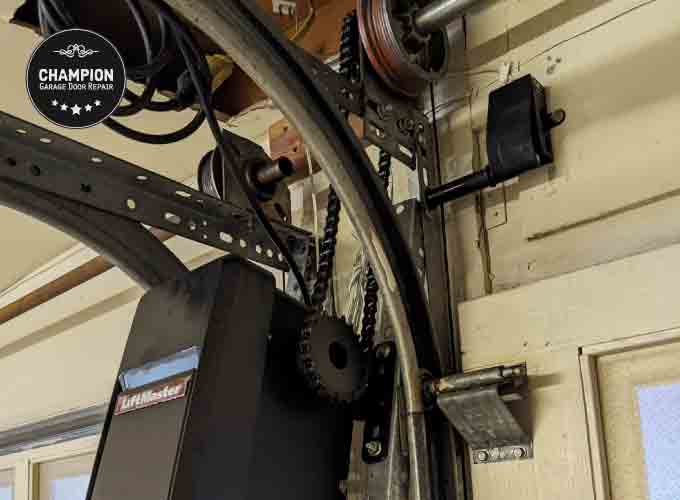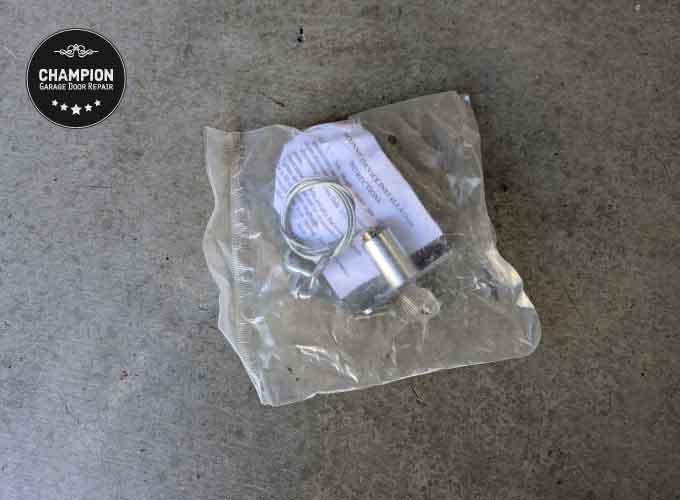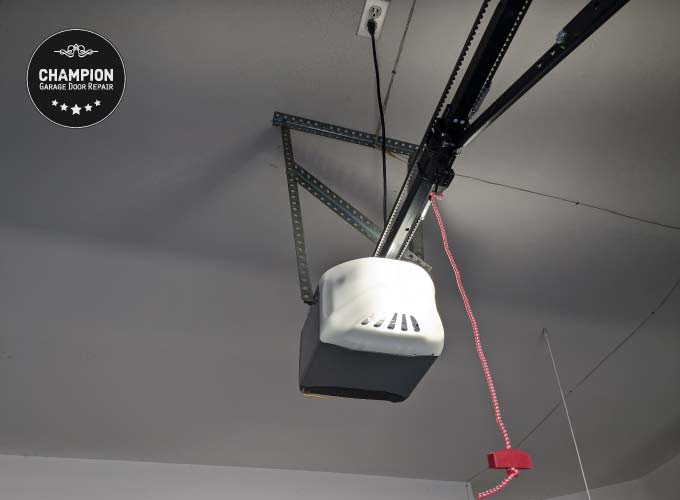As technology continues to advance, garage door automation has significantly evolved over the past few years. New smart openers and features are constantly hitting the market, allowing you to stay connected and virtually monitor and control your garage door from almost anywhere.
However, automating your garage door isn’t just about embracing the latest technology and keeping up with the latest and greatest. Let’s take a closer look at the benefits of garage door automation and how it can help you in your day-to-day life.
Why Should You Automate Your Garage Door Anyway?
Convenience: You can control your automated garage door with various remote devices, such as remote controls and keypads. If you use a smart automated system, you can manage it with connected devices like your smartphone or tablet, even when you’re not home. This added control also allows you to grant access to guests while you’re away.
Accessibility: Garage doors are large moving objects that require you to bend and flex when opening and closing. Therefore, an automated garage door can be particularly beneficial for the elderly and those with mobility issues. Additionally, certain types of garage doors, such as full-view, wood, and custom designs, can be heavy and difficult to operate manually, even if you’re in good physical condition.
Security: With an automated garage door, you don’t need to worry about locking your door or having your lock broken by potential intruders. Certain types of garage door openers also allow you to add automatic door locks and motion-activated cameras for improved security. Additionally, Wi-Fi integration enables you to check if your garage door is open at any given time and receive alerts when it opens or closes.
What Garage Doors Can Be Automated
Vertically moving sectional garage doors are the most common type and can be automated using both traditional ceiling-mounted and wall-mounted garage door openers. Old-fashioned single-piece garage doors that swing up can also be automated; however, these doors are only compatible with traditional ceiling-mounted openers, as they do not use a torsion system.
Things You Should Know Before Automating Your Garage Door
Sufficient Clearance: Some garages have low ceilings and support beams that may interfere with automating your garage door and installing a garage door opener. If you plan to use a traditional ceiling-mount garage door opener, you’ll need the following backroom clearance:
- 128” if your garage door is 7’ to 7’6” tall.
- 140” if your garage door is 8’ to 8’6” tall.
- 164” if your garage door is 10’ to 10’6” tall.
If you do not have sufficient backroom, you can either retrofit your garage door opener’s rail or use a wall-mounted garage door opener. You’ll also need to ensure you have enough headroom. At least 4” of space is required between the ceiling and the garage door when it’s open and resting on the horizontal tracks. For wall-mounted garage door openers, you’ll need about 10” of space between the tracks and the wall. If your garage doesn’t meet the clearance requirements, a wall-mounted garage door opener may still work, as retrofitting kits such as sprockets and extension chains can often solve these issues.

Electric Outlet: Garage door opener manufacturers always recommend plugging your automatic opener directly into an outlet. Ensure you have an outlet approximately 2 to 3 feet from the automatic opener’s position.
Additional Access to Your Garage: If you’re going to automate your garage door, you’ll want to ensure that you can still access your garage in case your garage door opener malfunctions. If you already have a side door in your garage, you’re all set. However, if you don’t have a pedestrian door, you can install a vault release lock on your garage door. This lock allows you to disengage your opener from outside the garage and open your garage door manually.

Choosing the Right Garage Door Opener: There are many different models and brands of automatic garage door openers. These openers come with various features such as backup batteries, Wi-Fi, quiet motors, and motors capable of handling heavy doors. Before purchasing an automatic system, make sure to choose the right opener by confirming that it has all the features you want and is compatible with your garage door system, including its size and weight.

Compliance and Safety: Ensuring that your automatic garage door opener complies with UL 325 safety standards guarantees that it includes essential features such as safety sensors. This not only ensures the safe operation of your automatic garage door but also confirms that your opener is from a reputable manufacturer.
Ensure That Your Garage Door Is in Good Repair: If your garage door is binding, having balance problems, or not moving up and down smoothly, it can affect your newly installed garage door opener and cause issues such as motor wear, stripped gears, worn sprockets, module and limit problems, and more. Test your garage door’s balance, lubricate all the moving parts, and make necessary adjustments to ensure reliable and prolonged operation.
Who Should You Hire to Automate Your Garage Door?
Due to the nature of the work—such as working at heights, handling electrical components, and managing safety devices—it’s probably best to avoid hiring handymen and instead hire a licensed garage door repair contractor. Additionally, avoid automating your garage door through retailers, as they outsource the work to third-party companies that employ unlicensed gig workers for the job.
How Much Does It Cost to Have Your Garage Door Automated by a Professional?
Having your garage door automated by a certified garage door repair company typically costs between $700 and $2,500. The cost varies depending on the automatic opener you choose, your garage door’s specifications, and the project’s requirements. A professional garage door contractor will usually visit your location and provide an accurate estimate based on what’s needed before beginning the work.







